(Read time: 8 minutes)
Red light therapy, also known as low-level laser therapy (LLLT) or photobiomodulation, has gained attention for its potential health benefits. One of the primary advantages of red light therapy is its ability to stimulate cellular function and promote healing. The red light wavelengths penetrate the skin and are absorbed by the cells, triggering a series of biological responses. As always, athletes should consult with healthcare professionals for personalized advice on incorporating red light therapy into their training and recovery routines.
What are the potential benefits?
- Pain relief: It can help reduce inflammation and alleviate pain in conditions like arthritis, muscle soreness, and joint pain.
- Wound healing: By promoting cellular repair and regeneration, red light therapy may accelerate wound healing and tissue repair.
- Skin rejuvenation: It has been used to improve skin tone and texture, reduce wrinkles and fine lines, and promote collagen production, making it popular in cosmetic applications.
- Hair growth: Some studies suggest that red light therapy may stimulate hair growth in people experiencing hair loss or thinning.
- Improved mood and sleep: Red light therapy may have positive effects on mood and sleep by regulating circadian rhythms and increasing the production of serotonin, often referred to as the "feel-good" hormone.
How does it work?
Once absorbed, the light energy triggers a series of biological responses within the cells. It is believed that red light therapy enhances mitochondrial function, which is responsible for producing energy in cells. This, in turn, can lead to increased ATP production, improved cell metabolism, and the release of nitric oxide, which helps improve blood flow.
Additionally, red light therapy has shown promise in reducing inflammation and promoting tissue repair, making it a valuable tool for accelerating the healing process in injuries and wounds. Beyond physical benefits, red light therapy is also recognized for its positive impact on skin health, promoting collagen production and improving skin tone. Moreover, it has been explored for its potential in mitigating pain, improving mood, and even supporting cognitive function. As research in this field continues, the versatile benefits of red light therapy make it an intriguing and accessible option for individuals seeking non-invasive ways to enhance overall well-being.
What does the science say?
These studies suggest that red light therapy may offer benefits for athletes in terms of muscle recovery, injury rehabilitation, pain reduction, and performance enhancement. However, more research is needed to further understand its mechanisms of action and optimal application protocols for different athletic populations and conditions.
For muscle recovery:
- A study published in the Journal of Athletic Training in 2018 examined the effects of red light therapy on muscle fatigue and recovery in collegiate athletes. The researchers found that red light therapy significantly reduced muscle fatigue and improved muscle recovery following high-intensity exercise.
- Another study published in the Journal of Strength and Conditioning Research in 2016 investigated the effects of red light therapy on muscle performance recovery after eccentric exercise-induced muscle damage. The results showed that red light therapy enhanced muscle recovery and reduced muscle soreness in athletes.
For injury rehabilitation:
- Research published in the Clinical Journal of Sport Medicine in 2015 evaluated the efficacy of red light therapy for the rehabilitation of hamstring muscle strains in professional athletes. The study found that red light therapy, when combined with standard rehabilitation protocols, accelerated the recovery process and facilitated return to play in athletes with hamstring injuries.
- A randomized controlled trial published in Physical Therapy in Sport in 2020 investigated the effects of red light therapy on pain and function in athletes with patellar tendinopathy (also known as jumper's knee). The study demonstrated that red light therapy reduced pain and improved function in athletes with patellar tendinopathy, suggesting its potential as an adjunctive treatment for this condition.
- A study published in the Journal of Athletic Training in 2019 examined the effects of red light therapy on knee joint pain and function in collegiate athletes with patellofemoral pain syndrome. The researchers found that red light therapy reduced knee pain and improved knee function, suggesting its potential as a non-invasive treatment option for athletes with knee injuries.
For wound healing:
- A study published in the Journal of Clinical and Aesthetic Dermatology in 2018 examined the effects of red and near-infrared light therapy on wound healing in humans. The researchers found that red light therapy significantly accelerated wound closure and improved overall wound healing outcomes.
- Another study published in Lasers in Medical Science in 2018 evaluated the effects of red light therapy on diabetic foot ulcers. The results showed that red light therapy promoted faster healing of diabetic ulcers and reduced the risk of infection.
For pain relief:
- Research published in Pain Research & Management in 2018 investigated the efficacy of red light therapy for reducing pain in patients with temporomandibular disorders (TMD). The study found that red light therapy significantly decreased pain levels and improved jaw function in TMD patients.
- A systematic review and meta-analysis published in the Journal of Orthopaedic & Sports Physical Therapy in 2018 analyzed multiple studies on the use of photobiomodulation therapy (including red light therapy) for musculoskeletal pain relief. The review concluded that photobiomodulation therapy was effective for reducing pain intensity and improving function in various musculoskeletal conditions.
How can I find a good red light device?
Red light therapy can be administered using various devices, including handheld devices, light panels, and full-body light beds. Since red light therapy is an area that is not regulated, there are thousands of devices available on the market. But not all of them provide the type of light that provides benefits. To find a good device, consider your goals, available space in your home, and budget.
Wavelength
In order to reap the healing benefits of red light therapy, you want a device that emits a wavelength between 800 and 880 nanometers which is a near infrared wavelength and penetrates through skin into the tissue. If you’re interested in using red light therapy primarily for skin care, you don’t need the light to penetrate as deep. In this case you’ll want a device that emits a wavelength between 620 and 680 nanometers.
There are some devices, like this one, that have the ability to do both. The device that I use at home has the option to turn on red light only, near infrared only, or both at the same time. I use both at the same time because I like the idea of treating my skin and my underlying tissues at the same time.
Coverage area
Before selecting a device, consider the body part or parts that you’d like to treat. If you want to spot treat wound or specific joint that is inflamed, then I could use a hand held device like this one. For full-body muscle recover, I’d recommend something more like this to cover more surface area of your body. The device that I have is what I would consider half-body coverage. I hang it on the back of my bedroom door and can raise or lower it depending on the part of my body that I want to treat. I think this option is a good one because it gives me different options for areas of my body that I can treat, and it isn’t super expensive.
There are some devices, like this one, that have the ability to do both. The device that I use at home has the option to turn on red light only, near infrared only, or both at the same time. I use both at the same time because I like the idea of treating my skin and my underlying tissues at the same time.
Power output
Generally, the higher the power, the more effective the treatment will be. A higher powered device will give you more of the healing benefit in less time than a lower powered device. Usually, cost is an indicator of power output so this is where you’ll want to consider your budget. For pain relief and muscle recovery, look for a device that has a wattage range of 50-100 watts. To allow for the red light to penetrate to deeper tissues, look for a device that has over 100 watts of power.
Also keep in mind that a device with a higher output will mean that you can increase the distance away from the device in order to reap the benefits safely. Typically, standing further away means that you can increase the coverage area that the light hits. The device that I own is 172 watts which means that it provides benefits from a minimum distance of 4 inches when I want to target a specific area. If I want more coverage, I can step back up to 3 feet. If I want to use red light therapy to help with my sleep and circadian rhythms, distance isn’t a factor. I can use this anywhere in my bedroom while I sleep – but have to make sure that I’m not staring directly into the light source.
How do I use it?
The use of the red light device depends on the device itself but in general, you’ll want the light to be exposed to the skin of the area that you want to treat. For wand-like devices, you can just shine the light on the spot you’d like to treat. If you’re going for a full-body treatment with a larger device, I’d recommend getting naked for your session. If you’re using a hanging device, you might want to consider standing or sitting in front of it. You can also get naked and lay down on a mat, like this one, or in a pod, like this one.
Typically, you’ll see benefits of red light therapy by using a high-quality device 3 times a week for 10-20 minutes each. I would also recommend starting with a short session and working your way up to a longer one. Start with 2 minutes just to make sure that you don’t have any adverse reaction. Then you can keep adding time until you reach your desired session length.
As mentioned earlier, the distance away from the device will depend on the power output and the area of desired coverage. Some devices are designed to be directly applied to your skin while other devices require a minimum distance between 4 and 10 inches away. Make sure that you follow the manufacturer’s instructions for whatever device you use.
There’s some evidence that certain creams and lotions can interfere with the red light or cause cellular damage. So when you do use it, I’d recommend treating just after a shower and before you apply any products. You’ll also want to take off any jewelry or clothing that has metal components on it such as snaps, zippers, or buttons.
There are also wellness businesses popping up everywhere which offer red light therapy sessions as one of their healing services. In Denver, where I live, we have a place called The Light Lounge which offers both whole-body bed sessions and targeted hand-held sessions with professional grade red light devices. The beds look exactly like tanning beds but without the harmful UV rays. Each session lasts between 8 and 12 minutes, and the price varies based on the package you select. To see if you have a Light Lounge near you, click here.
Keep in mind that looking at red light can cause damage to the eyes. If you do decide to try out red light therapy, make sure that you are using proper eye protection while the light is on and avoid using the device near your eyes. You’ll also want to avoid using red light therapy on open or bleeding wounds, and to take care with swollen or inflamed skin but increasing your distance away from the device.
You’ll also want to avoid red light therapy completely if you’re pregnant or breastfeeding. If you’re interested in using red light therapy to treat a tumor, make sure you consult with your oncologist first. Red light therapy can also interfere with some common medications and products, especially those that cause photosensitivity so make sure to consult with your physician and do your research ahead of time. Remember that red light therapy devices are not medical devices. Therefore, these devices are not meant to diagnose, cure, treat or prevent any disease. While there is significant scientific evidence that red light therapy is beneficial, it is ultimately your responsibility to determine whether or not this treatment is safe for you and to follow the warnings and cautions of the product manufacturer.
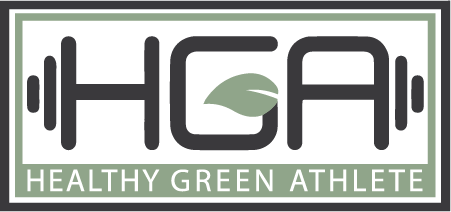
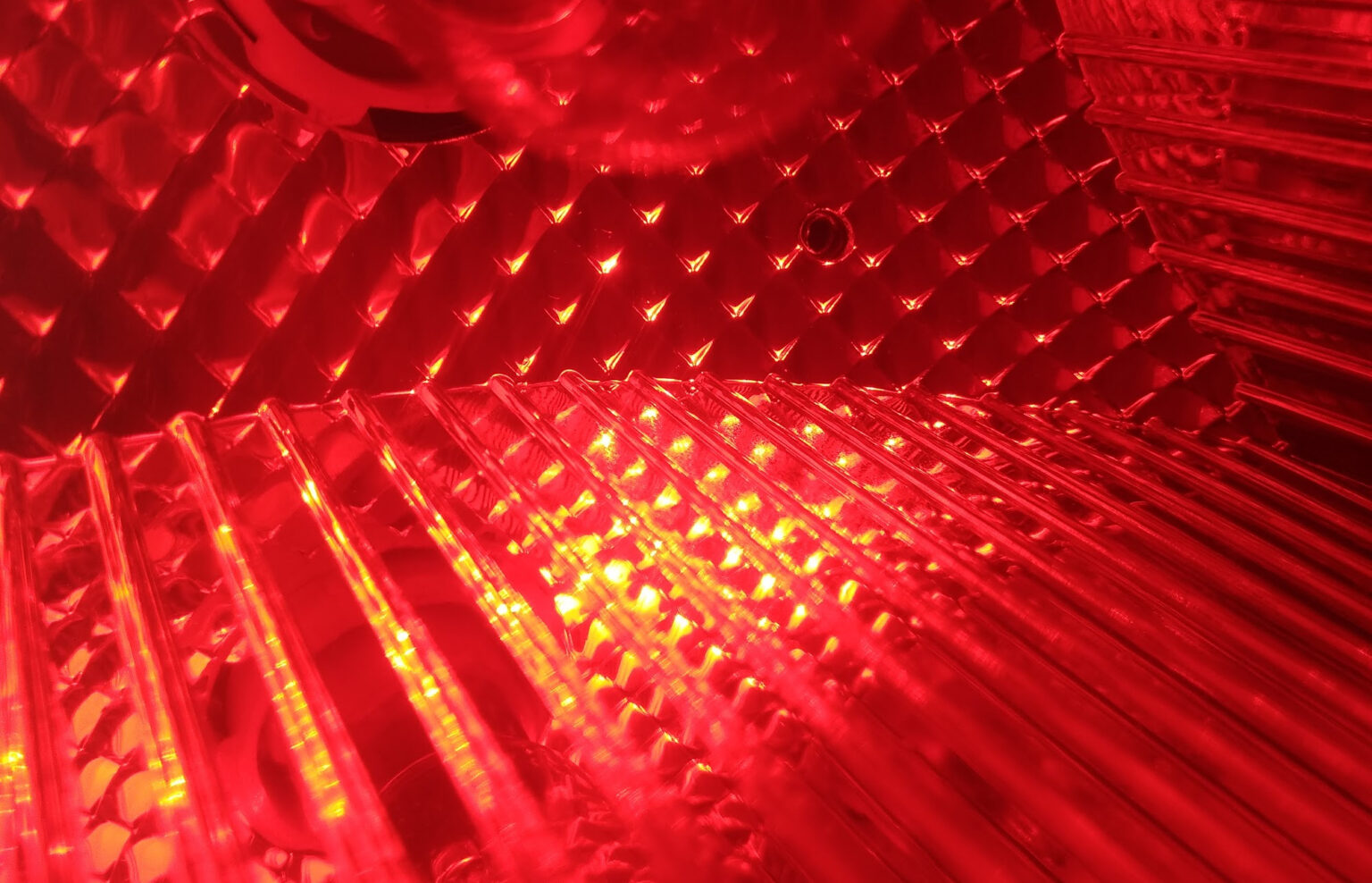
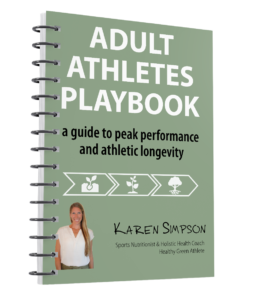
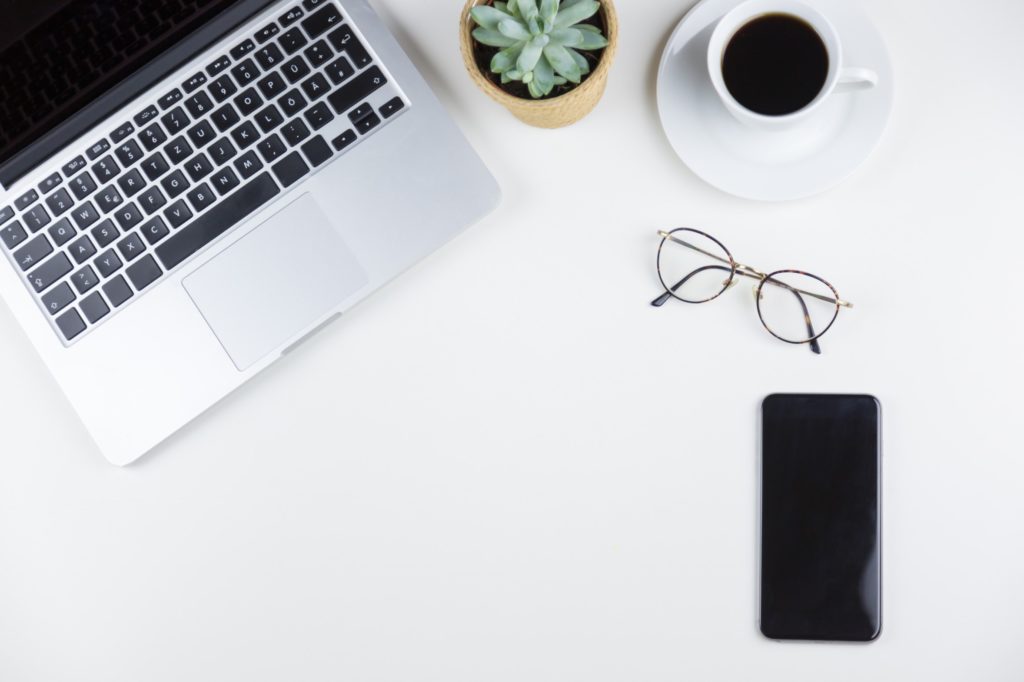
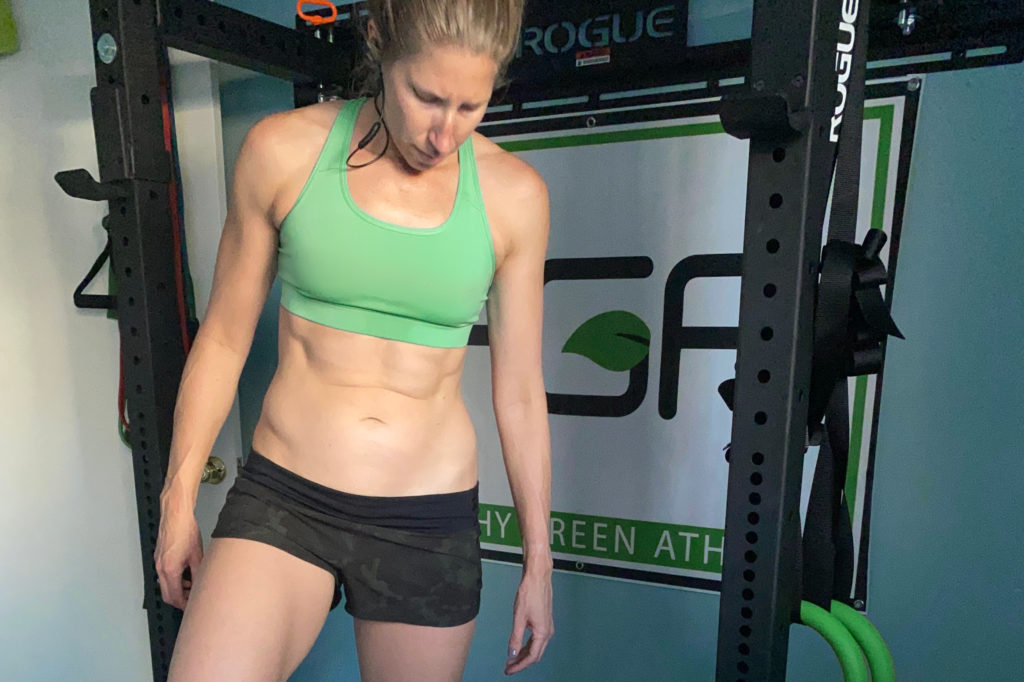

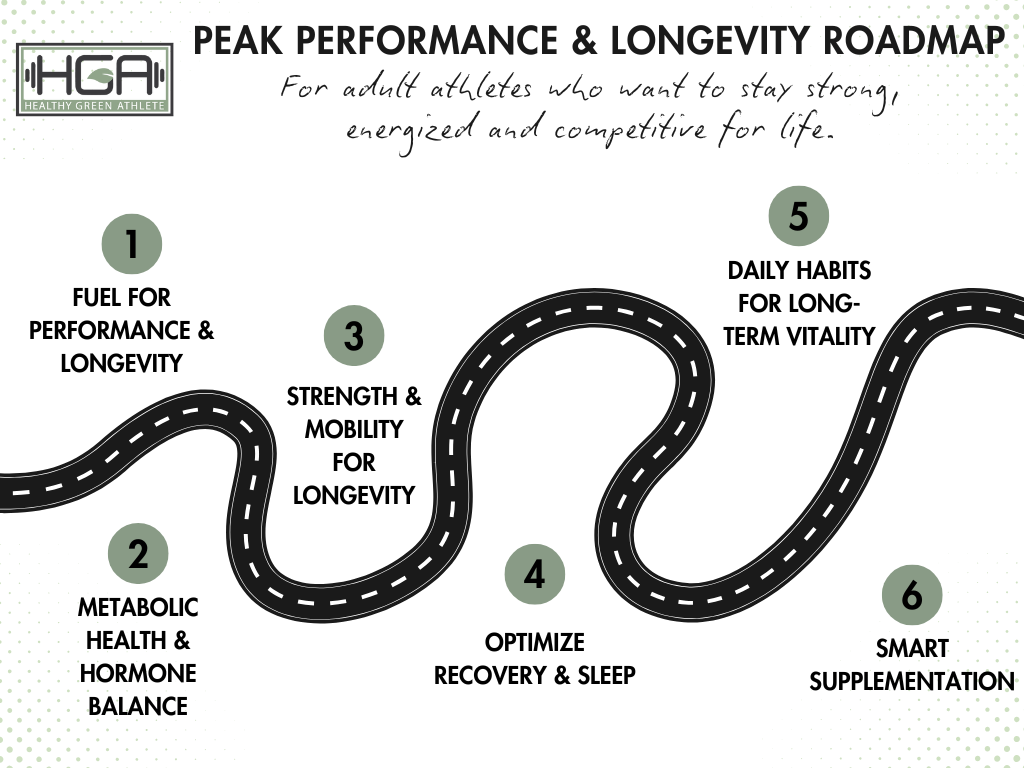
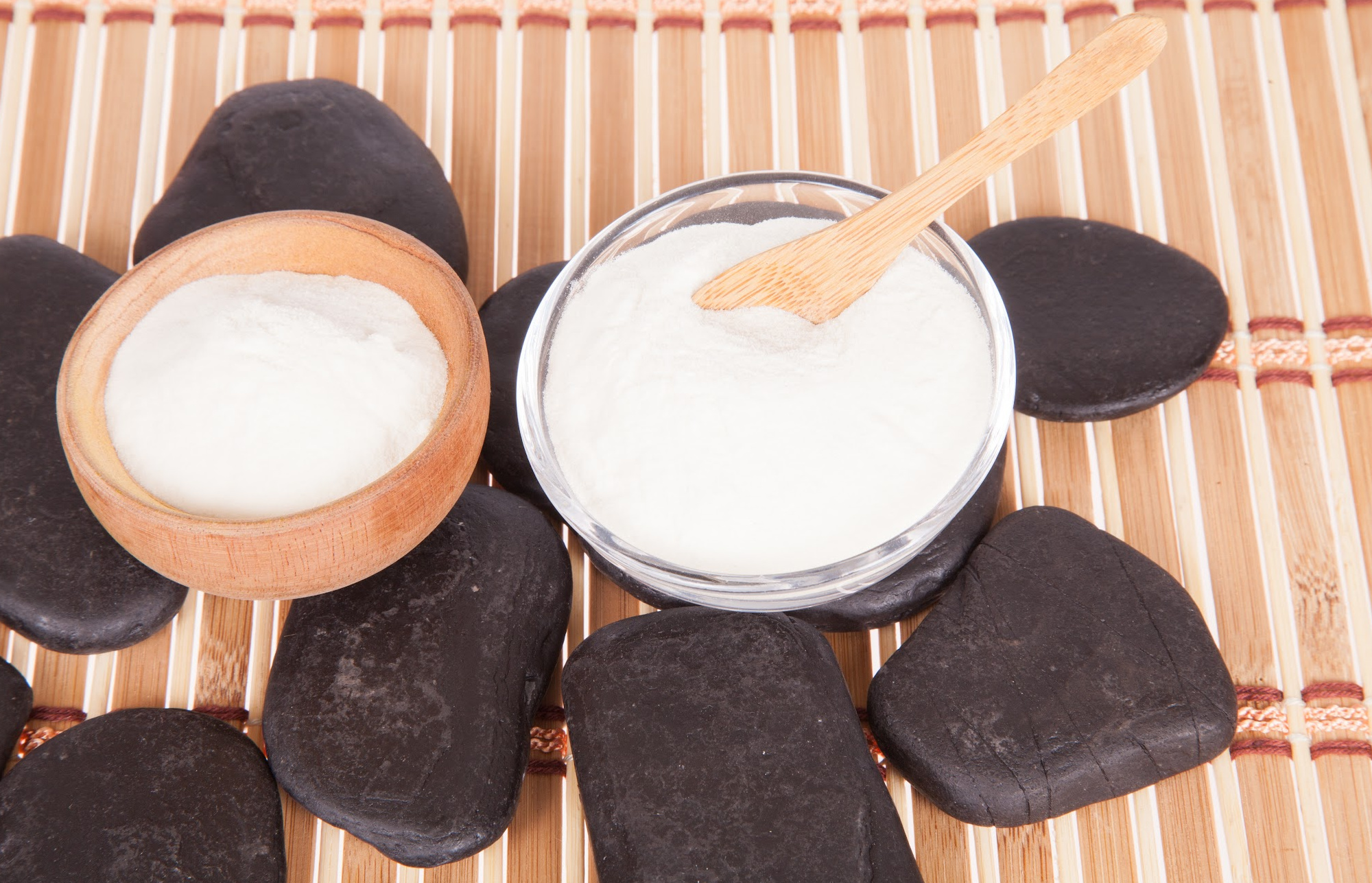





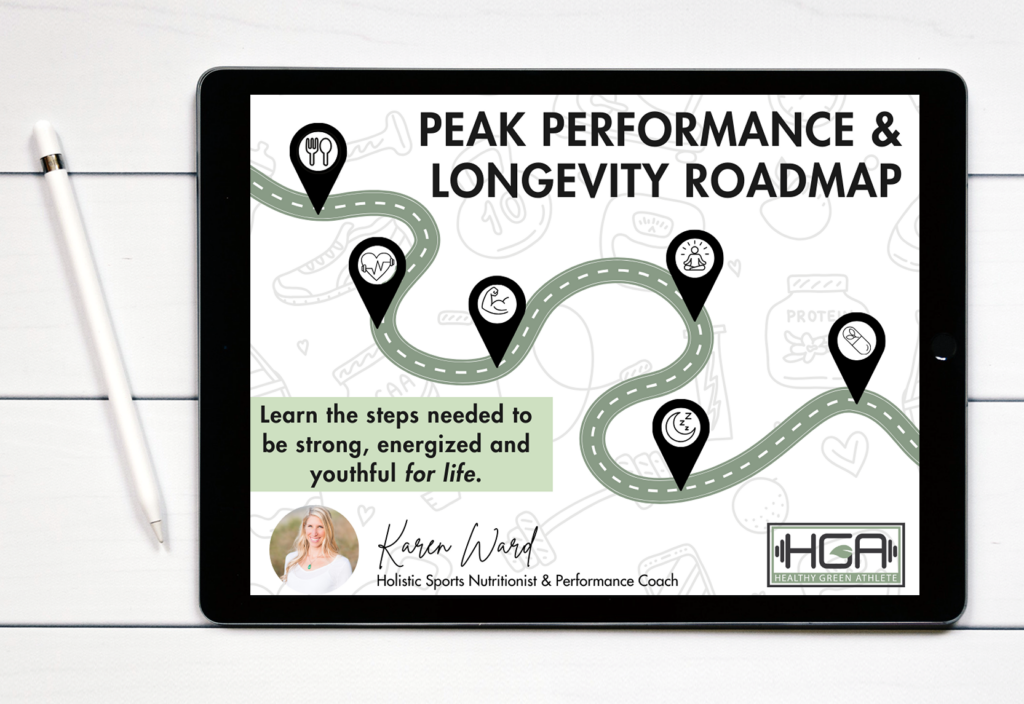
2 Comments
Pingback:
Pingback: